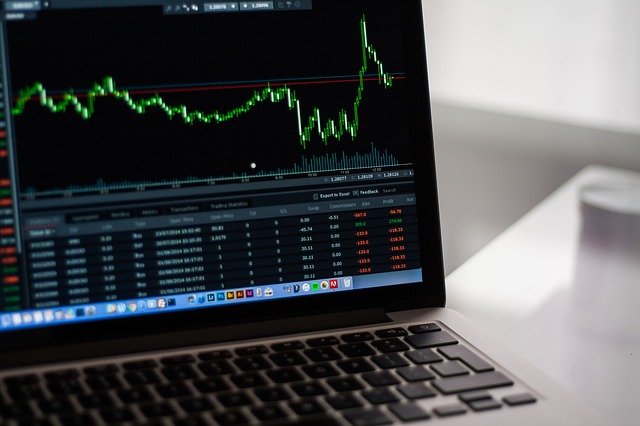U.S. bond yields rose on Thursday as inflation fears resurfaced following Germany’s double-digit inflation report.
Revised data showing the U.S. economy contracted in the first half of the year did little to dent Thursday’s selloff in bonds, which drove Treasury yields higher.
Meanwhile, the impact of Bank of England’s intervention on debt markets faded after giving U.S. yields their biggest one-day declines in more than two years on Wednesday.
What’s happening
- The yield on the 2-year Treasury TMUBMUSD02Y, 4.229% rose to 4.213% from 4.092% on Wednesday.
- The yield on the 10-year Treasury TMUBMUSD10Y, 3.787% climbed to 3.802% from Wednesday’s level of 3.707%.
- The yield on the 30-year Treasury TMUBMUSD30Y, 3.729% advanced to 3.748% versus 3.680% Wednesday afternoon.
What’s driving markets
U.S. bond yields moved higher again as the broad rally sparked by the Bank of England’s intervention to support the gilt market faded somewhat.
Investors remain concerned about central banks hiking interest rates to damp inflation that is running near its fastest pace in 40 years. That’s re-established the recent underlying trend of rising bond yields as data from Germany showed inflation running above 10%.
German 10-year bund yields TMBMKDE-10Y, 2.224% rose 10 basis points to 2.225%. Equivalent duration U.K. gilts TMBMKGB-10Y, 4.134% advanced 9 basis points to 4.103% as worries about the extra issuance required to fund the government’s inflationary budget refused to dissipate.
In the U.S., data released on Thursday confirmed that the world’s largest economy shrank in the first half of 2022, based on revised figures. Gross domestic product fell at a 0.6% annual clip in the second quarter; that’s unchanged from the prior estimate. The previously reported 1.6% decline in first-quarter GDP was also unchanged.
In addition, initial jobless claims fell by 16,000 to 193,000 in the week ended Sept. 24; that’s the lowest level of claims since late April.
Fed-funds futures traders are pricing in a 61% probability that the Fed will raise interest rates by another 75 basis points to a range of 3.75% to 4% on Nov. 2. The central bank is also mostly expected to take its fed-funds rate target to at least 4.5% to 4.75% by March, according to the CME FedWatch tool.
See also: Fed’s Mester cool to talk of potential ‘pause’ in rate hikes
What analysts are saying
Treasurys “started the overnight session modestly weaker, and once London came online the selling pressure accelerated and 10-year yields bounced after nearly filling the opening gap we had been monitoring as resistance,” said BMO Capital Markets rate strategists Ben Jeffery and Ian Lyngen.
Ten-year yields are finding “a period of dynamic equilibrium in what we’ll characterize as the current trading range from 3.7% to 4%,” they wrote in a note.

